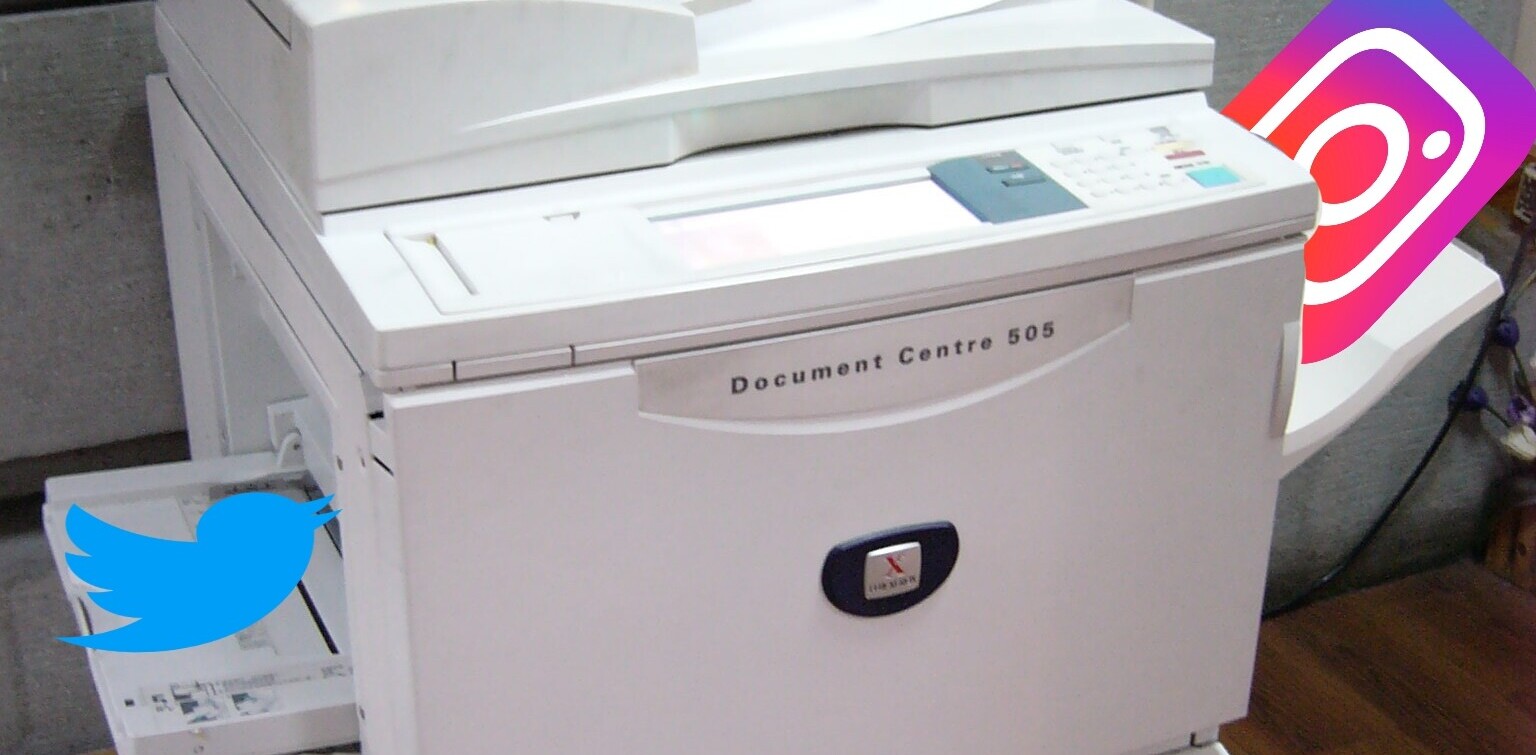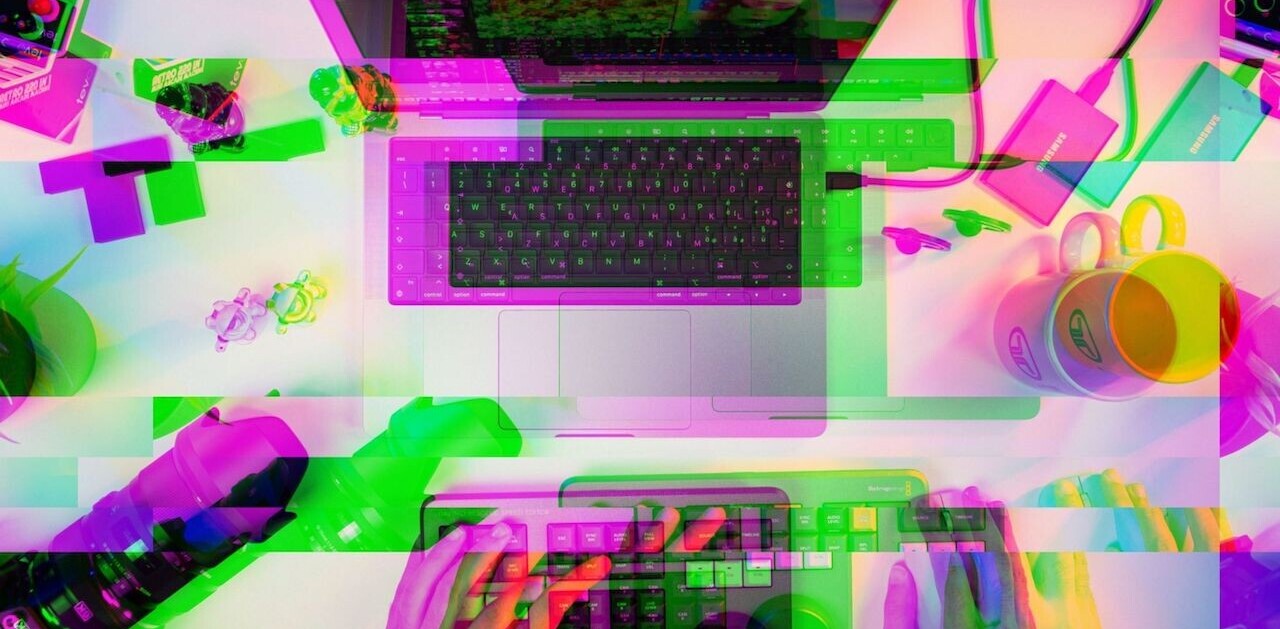The inevitable is happening. Last night at SXSW, Mark Zuckerberg confirmed NFTs are coming to Instagram soon.
The Meta head didn’t spill any details about how this would work, but he said they’re coming in the near future:
I’m not ready to kind of announce exactly what that’s going to be today. But over the next several months, the ability to bring some of your NFTs in, [and] hopefully, over time, be able to mint things within that environment.
This isn’t the first time we’re hearing about it. Last December, Instagram CEO Adam Mosseri said the company is “actively exploring” NFTs.
A report from the FT in January also noted Meta is planning to let people show off their digital collectibles through profile pictures on Instagram — a feature that Twitter’s testing with its subscription service.
Neither Zuckerberg’s words nor Instagram’s plans are surprising. And for a company this size, executing these features might not be a big deal. However, in my mind, the biggest thing Instagram has to worry about is NFT thefts.
The scale of digital robbery
Last month, OpenSea — one of the biggest collectibles marketplaces — said that 80% of NFTs minted from its free tool are either plagiarized or spam.
Over the last year, the popularity of NFTs has shot up, and so has the number of artists posting about their art being stolen.
Hello all,
This afternoon, someone tagged a NFT account on my Spinosaurus painting.
As such, I have deleted all my art tweets. I am reposting them here with watermarks.
It's a bit of a gamble for me so retweets are very much appreciated and help me get my art back out there pic.twitter.com/mFABVSozmX
— Corbin Rainbolt (@CorbinRainbolt) March 9, 2021
In the last 24 hours I have had to report 29 instances of my art getting stolen as NFTs. I am so very tired of this and it seems to be getting worse. Every artist I know is getting their work jacked and its just not fair or right. What can we even do, it feels hopeless.
— RJ Palmer (@arvalis) December 9, 2021
86 thousand times people have stolen my art and listed them on @opensea and they even had the gall to make a collection like a giant middle finger to my IP rights. Wtf?#nft #arttheft #opensea #infringement #nftcommunity pic.twitter.com/LY5Jxb2N2r
— Aja Trier (@AjaArt) January 5, 2022
If you think these are only a few incidents over the course of months, you’d be wrong. The regularity is so striking there’s a Twitter account called NFTthefts tracking these incidents.
To gauge the impact, go to Web3isgreat — a site built by software engineer Molly White — and filter for Art theft incidents.

Instagram’s role in NFTs
Meta will introduce NFT-based features on Instagram soon, but the platform is already involved in this world in various ways.
There are plenty of tools available to turn your Instagram posts into NFTs, but you might not get to use them.
Some projects are making money by stealing or doing ‘inspired work’ based on artists’ old Instagram posts.
The company even blocked a Mark Cuban-backed @NFT account for not properly disclosing sponsored posts. It was also accused of posting and promoting ripoff and scammy projects.
Given these kinds of incidents, Instagram will have to deal with a couple of specific issues. First, it will have to introduce reporting filters and checks for stolen art.
Jugal Chudasama, an India-based digital artist, said Instagram needs to build tools to avoid the spread of duped art on the platform:
Artists can already perform checks if their work has been stolen with tools like DeviantArt. So when Instagram rolls out its NFT features, it should have in-built checks to prevent plagiarism.
He added that the company also needs to build effective reporting tools to remove swiped art from the platform.
Lakmal Walawage, an associate solicitor in Intellectual Property at JMW Solicitors, said Instagram will likely apply its existing copyright policy when it comes to NFTs:
“Instagram will need to be alive to the risks of copyright infringement and theft on their platform. The law is playing catch-up to technology as usual, and currently, there are few claims being litigated on NFTs, and much less reported cases. Law is virtually non-existent for this problem”
On top of this, they might want to create an API to help artists look for stolen art on other platforms. Instagram might not be able to control theft on other marketplaces, but it can make it easier to find.
Finally, given its sketchy moderation history, the company should build robust policies around NFT promotions and paid partnerships. It should also focus on clear messaging and educating users, so they can avoid sketchy projects and scams.
Walawage noted that Instagram will also have to distinctly define its copyright policies for plagiarism, because technically NFTs are just receipts of ownership. So if someone creates an NFT based on someone else’s art, it’s a gray area for takedowns.
The long, hard road ahead
Love it or hate it, given the hype and high engagement around digital collectibles, platforms will integrate them in some capacity.
Solo Ceesay, COO and Co-Founder at Calaxy, a blockchain-based app for creators, said Instagram can be the biggest NFT trading platform given its size:
If Instagram can convert even a negligible percentage of its users into NFT buyers, the platform could easily become the largest NFT marketplace globally, given its universally established roots.
But it’s still early days in the space — and there’s an increasing amount of scamming and duping. While it’s natural for companies to capitalize on the craze, they have to make sure user safety and privacy are at the forefront.
Because of how Web3 works, there’s users’ money at stake, and companies must handle that with care, otherwise regulators will come down hard on them.
It’s also important to understand that Web3 is often described as this utopian world where artists can earn true worth for their work. However, given the frequency of frauds and thefts, it’s less clear in reality.
Instagram is one of the biggest communities for digital artists, so its NFT features will get a lot of attention — the company just has to make sure it’s the right kind.
Get the TNW newsletter
Get the most important tech news in your inbox each week.






